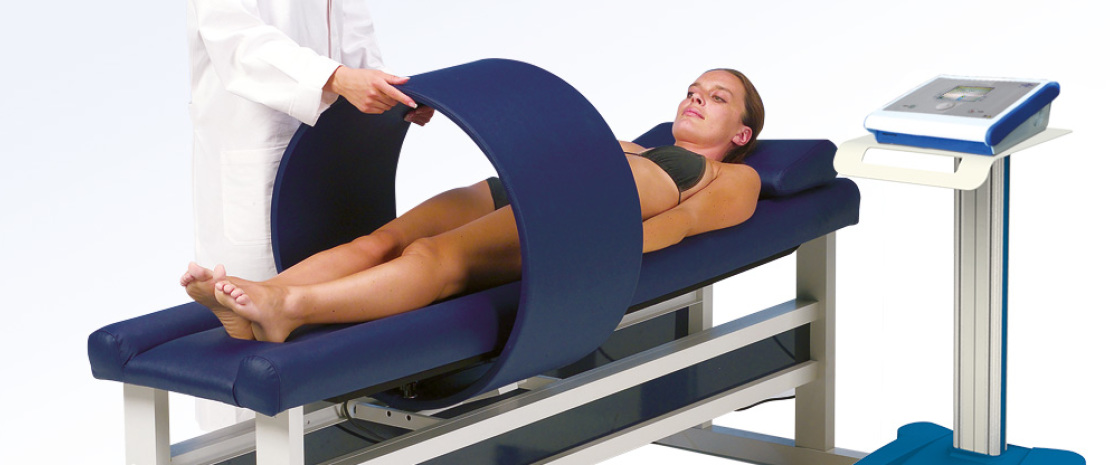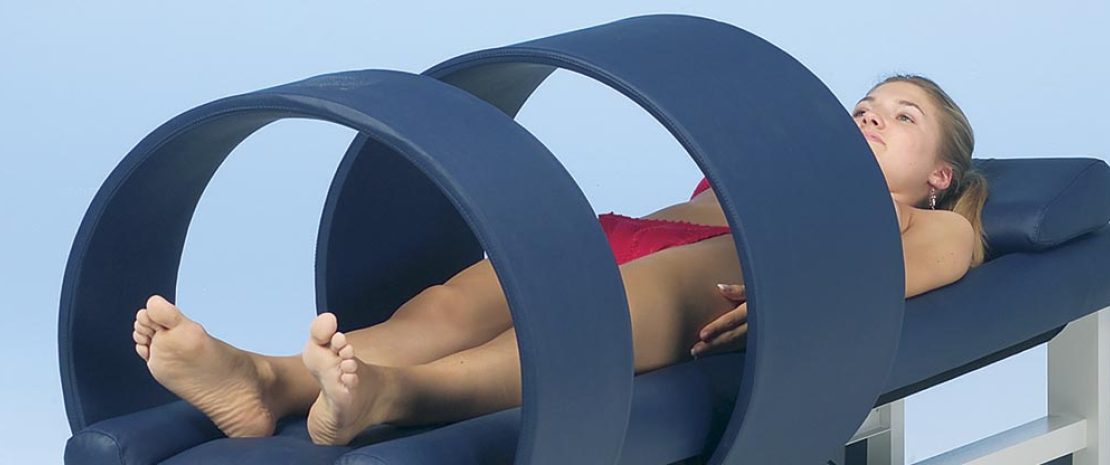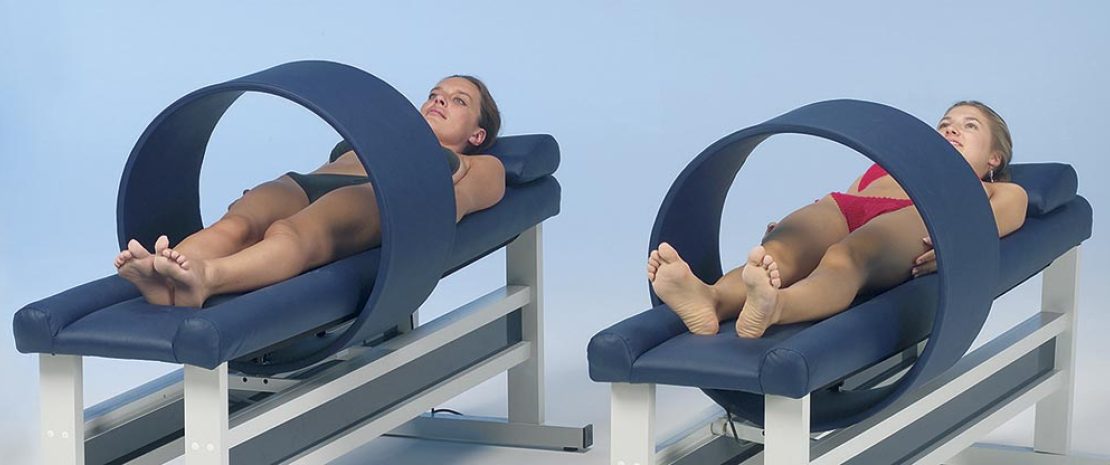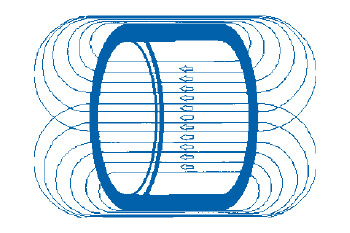


The magnetotherapy is indicated in the treatment of both acute and chronic pain, producing circulatory, analgesic and cicatrizant benefits. This therapy is now a largely employed as a therapeutic treatment in traumatology, rheumatology, phlebology, dermatology, gynaecology and other application fields, with remarkable results.
The magnetic fields have a regulatory action on the endocrine and nervous system involving the endo-cellular structures and the cytoplastic membrane by modifying the altered ionic distribution and restoring it. The action of magnetotherapy devices is based on the scientific principles of pulsed magnetic fields at very low frequency, which are among the most studied and used in scientific literature. In general, the pulsed electromagnetic fields that are mainly used for therapy have the characteristic of having a low frequency and variable intensity. The therapeutic effect of electromagnetic fields causes biological effects only in certain frequency parameters used in clinical applications.
Magnetotherapy equipment generates a low frequency magnetic field (adjustable from 1 to 100 Hz) and intensity up to 100 Gauss per single output, which generates beneficial effects especially on tissue regeneration and bone tissue. Magnetotherapy is an excellent treatment and numerous researches since the 70's demonstrate the effectiveness of this therapy. It is effective first of all for fractures where it has a piezoelectric mechanical vibratory effect that promotes the formation of new bone callus, it is also very indicated for osteoporosis and it is also used with good results on knee arthrosis.
There are also some contraindications in which this therapy should be avoided: vascular disorders, tumors in active phase, pacemakers and pregnancy.
PRINCIPAL INDICATIONS
OTHER APPLICATIONS
The applied magnetic fields used in medicine are either low frequency or very low frequency fields (0-100 Hz) with variable intensities of between 5 and 100 gauss (ELF = extremely low frequency).
These are “variable” magnetic fields, that is to say, they are produced by inputting a variable current into the circuit (the solenoid), which can be modified to generate different types of waveforms and therefore create different types of magnetic fields. The most important phenomenon evident in biological tissue exposed to a pulsated magnetic field is the contextual rise of induced micro-currents.
But how do these micro-currents interact with the body? An injurious event, a trauma for example, determines a de-polarization of these proteinaceous structures with a reduction in the transmembraneous electric potential of the cell. The micro-currents induced by magneto-therapy re-polarize the biopolymers and therefore re-establish the correct electric potential, accelerate ionic movements, reactivate enzymatic kinetics and, in short, reintegrate the tissular function.
Generally speaking it has been demonstrated that the use of :
MAIN INDICATIONS
|
Traumatology |
Pseudo-arthrosis |
|
Rheumathology |
Degenerative rheumatisms |
|
Angiology |
Lower limb peripheral arteriopathies Bedsores and venous ulcers |
|
Neurology |
Post-herpetic neuralgia |
|
Dermatology |
Psoriasis Dermatitis (atrophic) |
|
Endocrinology |
Senile and post-menopausal osteoporosis |
|
Orthopedics |
Knee arthrosis |

Magnetic Field Concentrator is an exclusively patented innovation who drastically reduces the electromagnetic contamination generated by solenoids for magnetic therapy – an appreciable improvement in both quality and safety in the workplace.
The instrumental measurements showed that using the MFC patent the electromagnetic pollution of the surranding space is reduced by more than 85%.

Introduction - Vacuum therapy - WOK trolley - C.R.E.T. therapy - Shockwave therapy - Laser therapy - High intensity laser therapy - Scanning laser therapy - Low level laser therapy - Electrotherapy - Ultrasound therapy - Combined therapy - Magneto therapy - Radar therapy - Pressotherapy - Traction therapy - TENS units - Thermotherapy
Brochure, Ed. Dec. 2024, English. 60 pages.